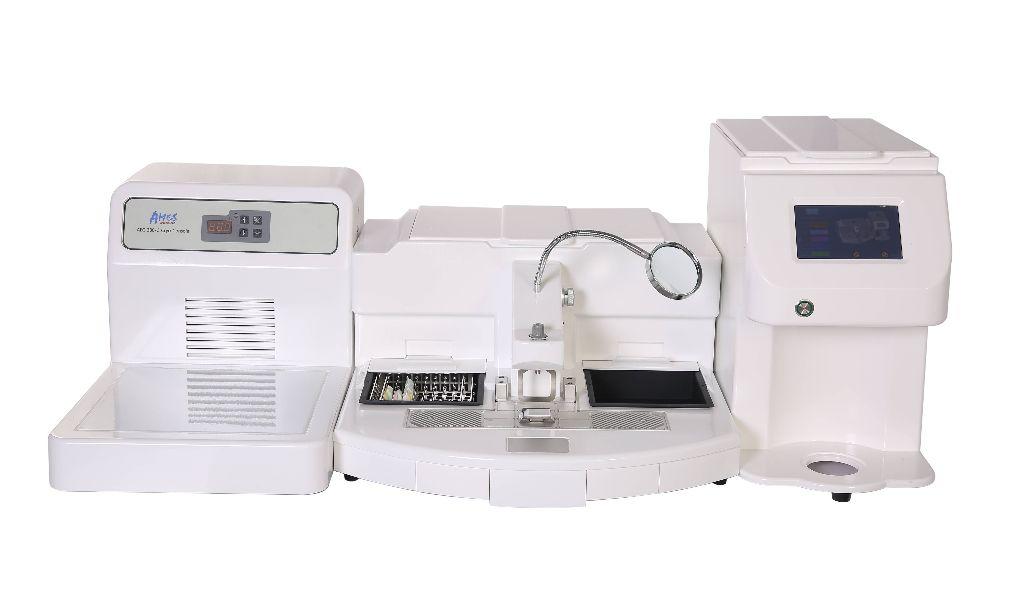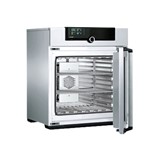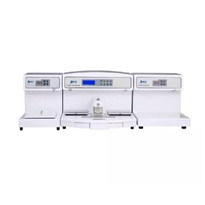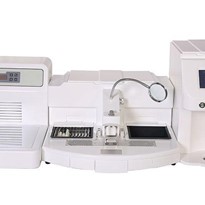With various options available in the market, it can be challenging to determine which embedding center is best suited for your laboratory's needs. This comprehensive guide aims to assist healthcare professionals and laboratory managers in making informed decisions when selecting histology embedding centers.
Understanding Histology Embedding:
Histology embedding is a critical step in the histopathological process. It involves infiltrating tissue samples with a liquid paraffin or wax medium, allowing them to harden for thin sectioning. The embedding center automates this process, ensuring precision and efficiency in handling specimens.
Assessing Laboratory Needs:
Before delving into specific features of embedding centers, it's crucial to evaluate the specific needs of your laboratory. Consider factors such as the volume of samples processed daily, the types of specimens (e.g., tissue blocks, biopsies), and any specialized requirements unique to your practice.
Capacity and Throughput:
Choose an embedding center that aligns with the daily workload of your laboratory. High-throughput centers are suitable for large laboratories with a high specimen volume, while smaller units may suffice for institutions with lower processing needs. Consider the number of embedding stations and the time required for each cycle to ensure optimal efficiency.
Versatility and Compatibility:
Look for embedding centers that accommodate various specimen sizes and types. Versatility in accommodating cassettes, molds, and different tissue sample sizes enhances flexibility in laboratory operations. Additionally, ensure compatibility with commonly used embedding materials.
Precision and Accuracy:
Precision is paramount in histopathology, and embedding centers should offer precise control over the embedding process. Look for features such as programmable temperature settings, accurate timing controls, and automated paraffin dispensing systems to minimize variability and ensure reproducibility.
User-Friendly Interface:
An intuitive and user-friendly interface is essential for seamless operation. Consider embedding centers with touch-screen displays, easy-to-navigate menus, and user-friendly software interfaces. Training requirements for laboratory staff should also be taken into account when assessing usability.
Maintenance and Durability:
Choose embedding centers with a reputation for reliability and durability. Assess maintenance requirements and the availability of technical support. Equipment with low maintenance needs and readily available spare parts can contribute to uninterrupted laboratory operations.
Safety Features:
Ensure that the embedding center complies with safety standards and regulations. Features such as fume extraction systems, ergonomic design, and user safety protocols contribute to a safe working environment for laboratory personnel.
Integration with Laboratory Workflow:
Consider how well the embedding center integrates with other laboratory equipment and information systems. Seamless integration with histology laboratory information systems (LIS) can enhance workflow efficiency, reduce errors, and improve overall laboratory management.
Cost Considerations:
While it's important to invest in quality equipment, consider your budget constraints. Evaluate the total cost of ownership, including maintenance, training, and any additional accessories or consumables required. Compare prices from different manufacturers and weigh the cost against the features and benefits offered.
Customer Reviews and References:
Research customer reviews and seek references from other laboratories using the embedding centers you are considering. Insights from peers in the field can provide valuable information on the performance, reliability, and user satisfaction with specific models.
Manufacturer Reputation:
Choose embedding centers from reputable manufacturers with a history of producing reliable laboratory equipment. Established manufacturers often provide better customer support, warranty options, and a track record of producing quality instruments.
Conclusion
Selecting the right histology embedding center is a critical decision that directly impacts the efficiency and accuracy of histopathological processes in a laboratory. By carefully assessing your laboratory's needs, considering key features, and evaluating factors such as precision, versatility, and user-friendliness, you can make an informed decision that aligns with your laboratory's goals. Remember to stay informed about the latest advancements in histology embedding technology and regularly reassess your laboratory's requirements to ensure that your chosen embedding center remains a valuable asset in the evolving field of histopathology.








-160x160-state_article-rel-cat.png)









-160x160-state_article-rel-cat.png)





